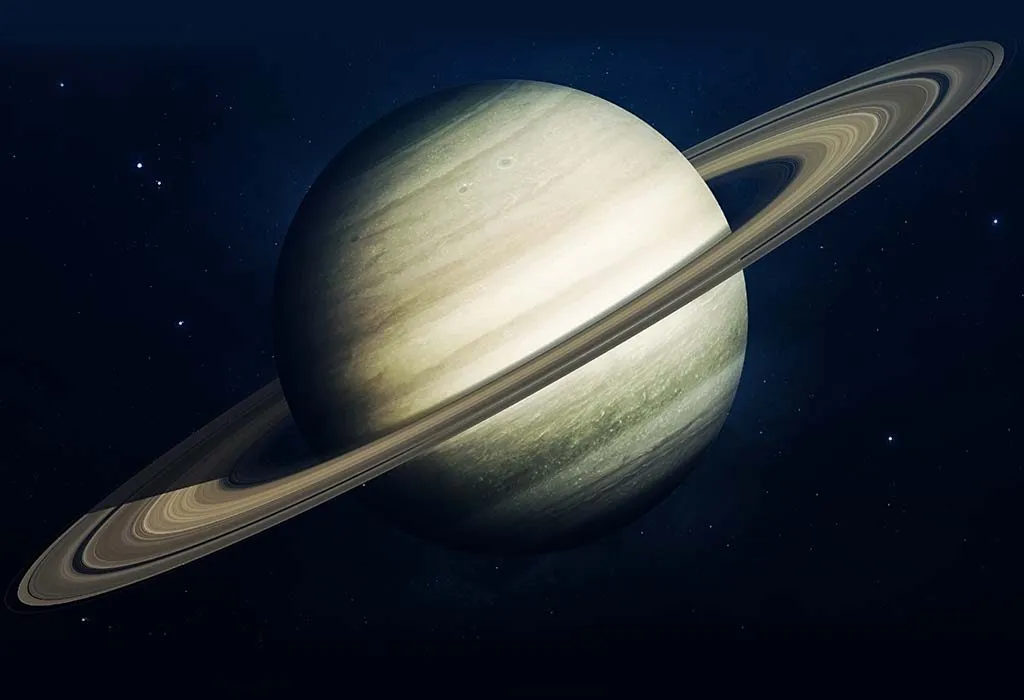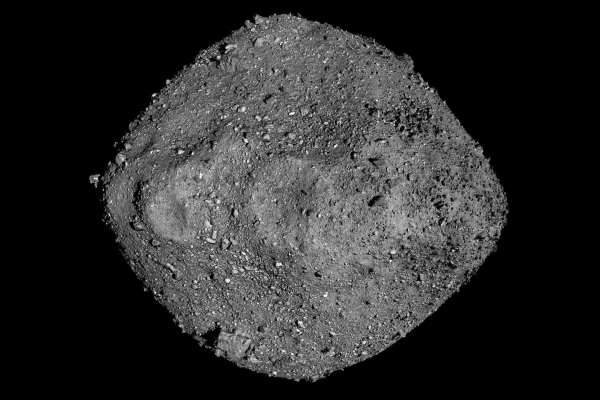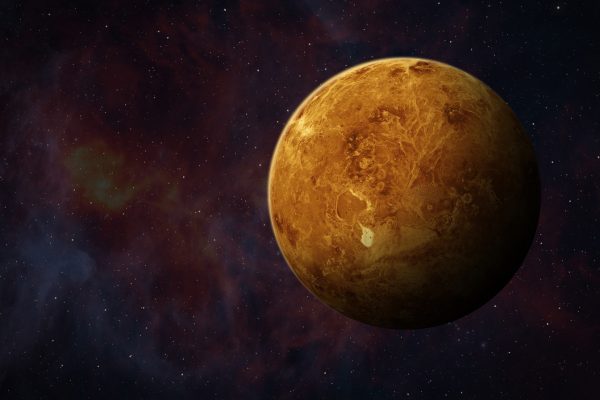
The Unexpected Origin of the Post-it Note: A Sticky Lesson in Innovation
When Spencer Silver, a 3M scientist in 1968, accidentally developed a low-tack, reusable adhesive, he didn’t envision the Post-it Note empire. His creation—initially seen as a failed adhesive—found purpose only when colleague Art Fry strapped the idea to bookmark his church hymnal. This reveal demonstrates a core lesson in invention: value often lies hidden behind…









